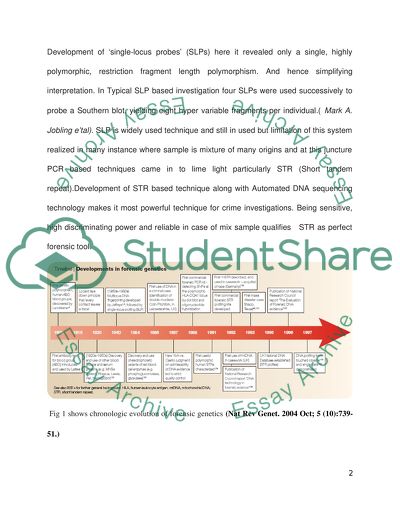Cite this document
(“STR Markers for Human Identification Essay Example | Topics and Well Written Essays - 1500 words”, n.d.)
STR Markers for Human Identification Essay Example | Topics and Well Written Essays - 1500 words. Retrieved from https://studentshare.org/science/1534863-str-markers-for-human-identification
STR Markers for Human Identification Essay Example | Topics and Well Written Essays - 1500 words. Retrieved from https://studentshare.org/science/1534863-str-markers-for-human-identification
(STR Markers for Human Identification Essay Example | Topics and Well Written Essays - 1500 Words)
STR Markers for Human Identification Essay Example | Topics and Well Written Essays - 1500 Words. https://studentshare.org/science/1534863-str-markers-for-human-identification.
STR Markers for Human Identification Essay Example | Topics and Well Written Essays - 1500 Words. https://studentshare.org/science/1534863-str-markers-for-human-identification.
“STR Markers for Human Identification Essay Example | Topics and Well Written Essays - 1500 Words”, n.d. https://studentshare.org/science/1534863-str-markers-for-human-identification.


